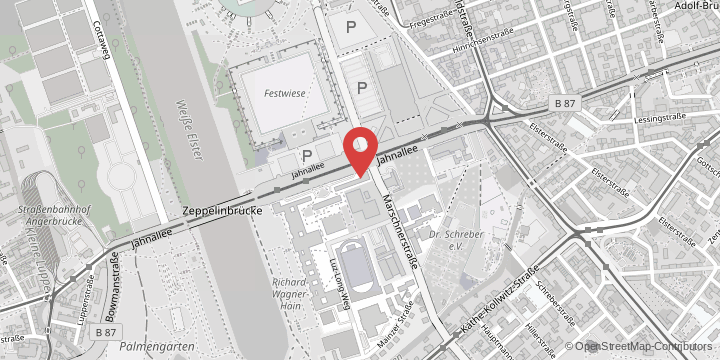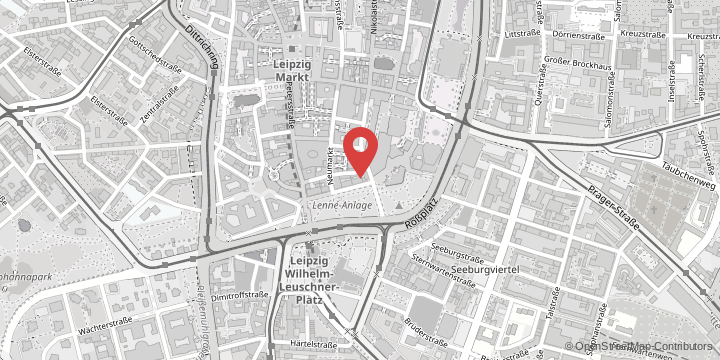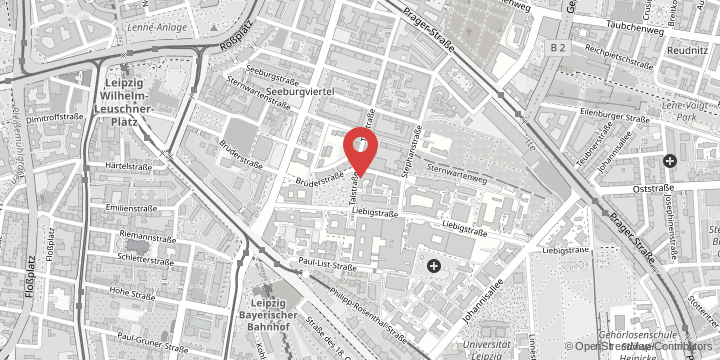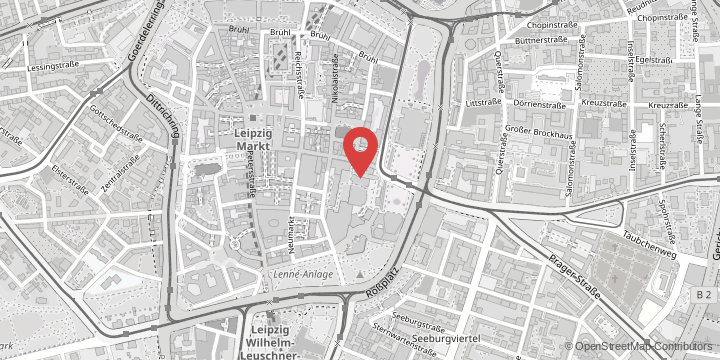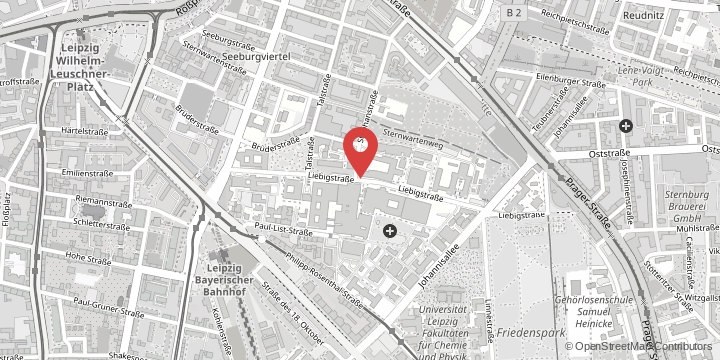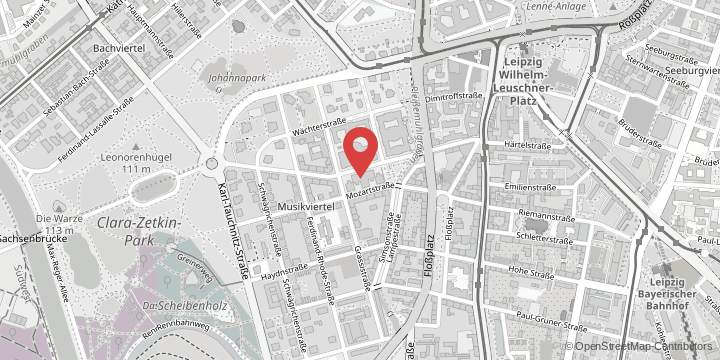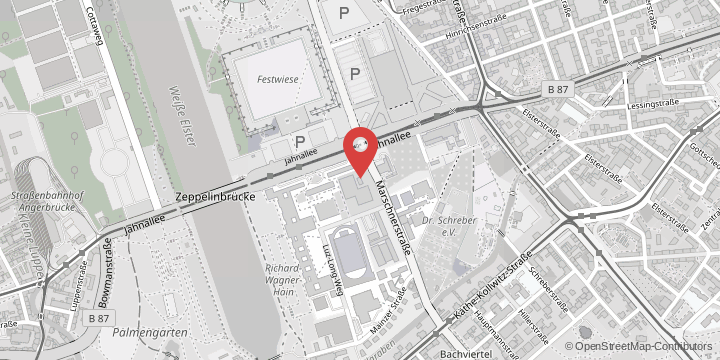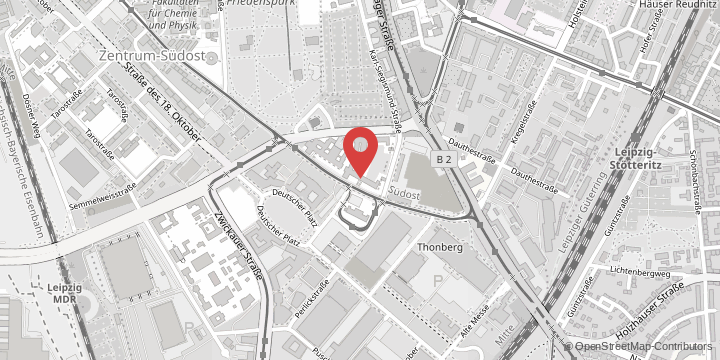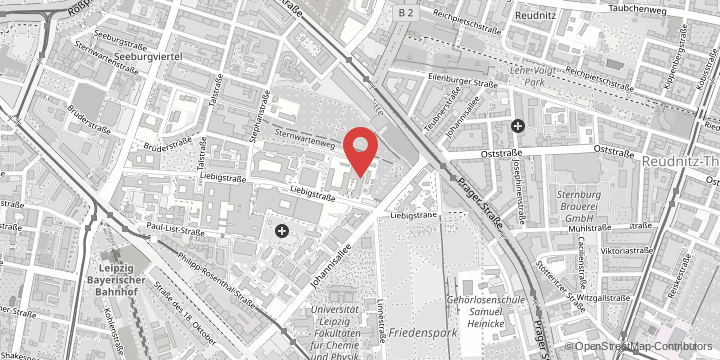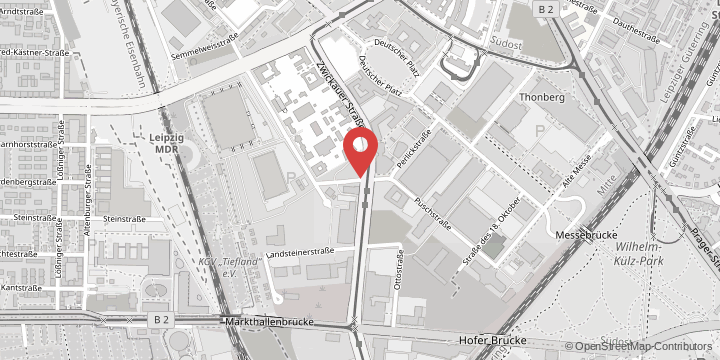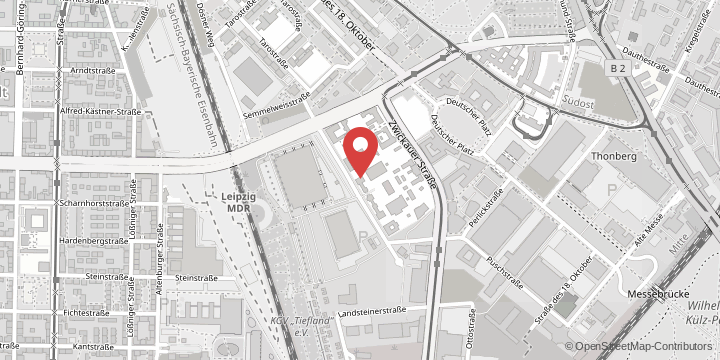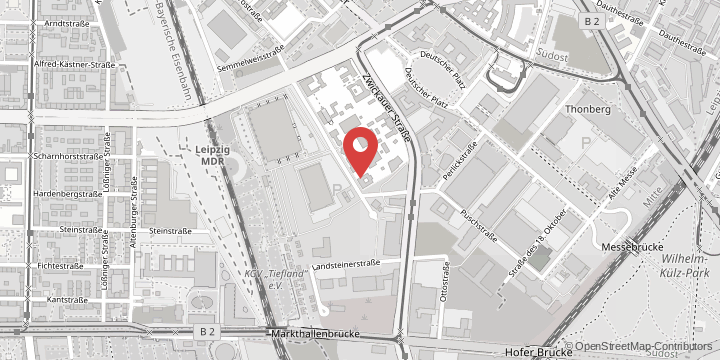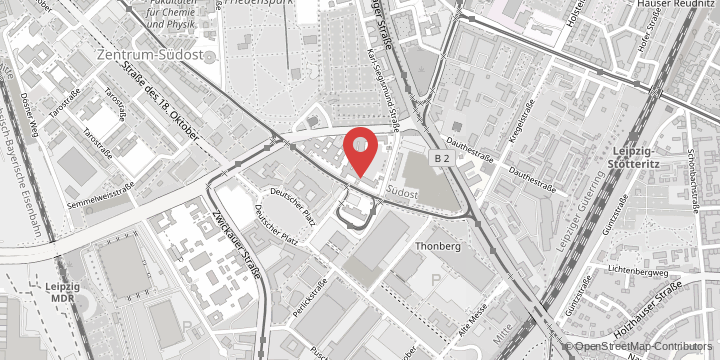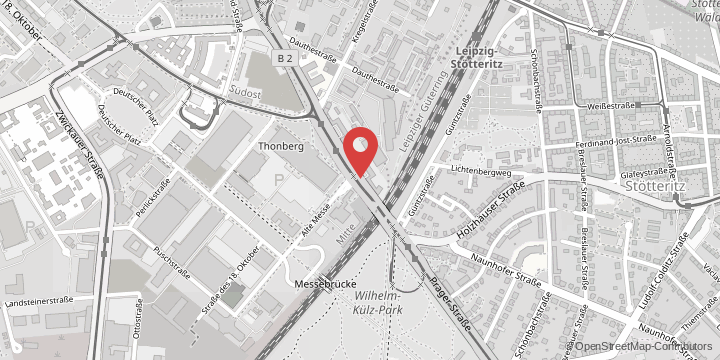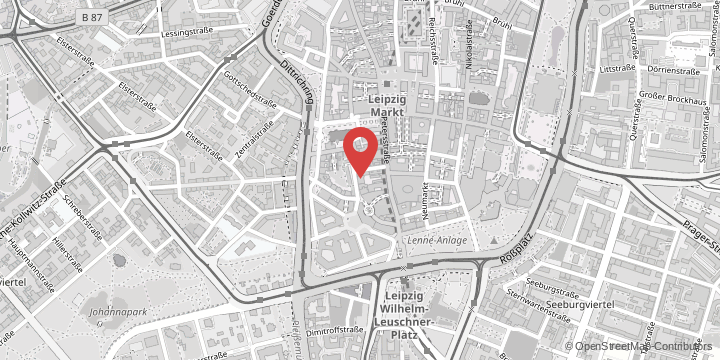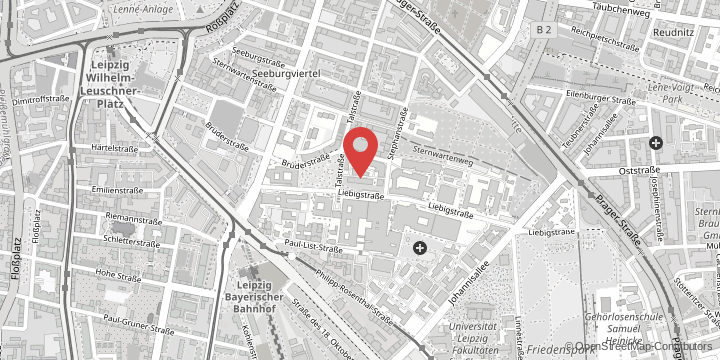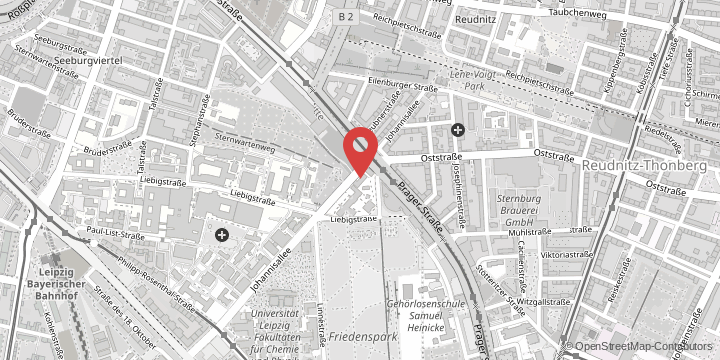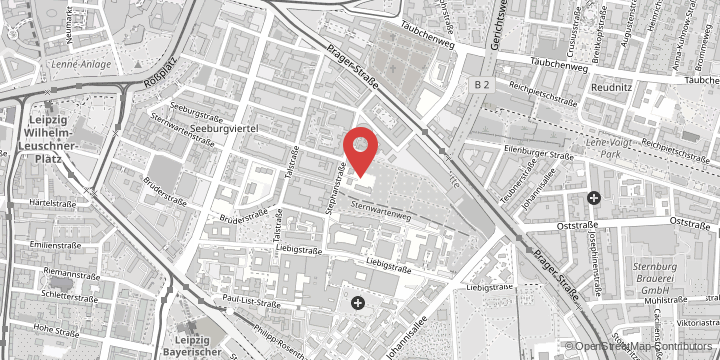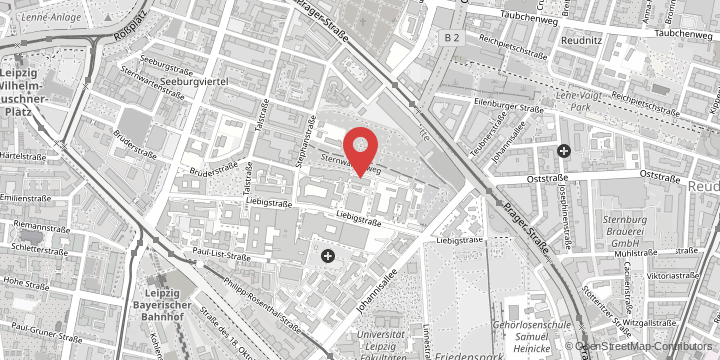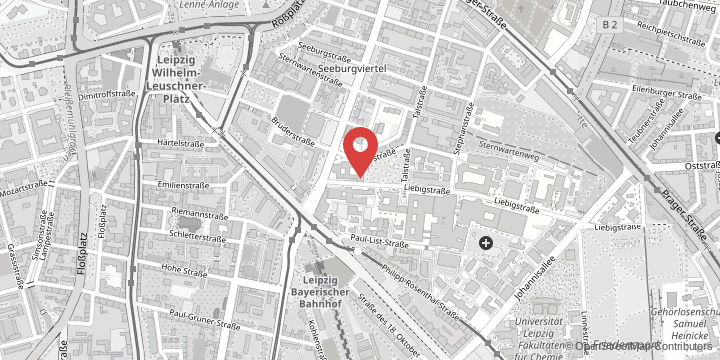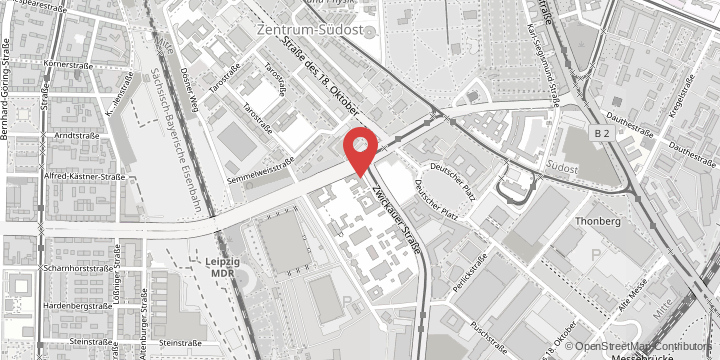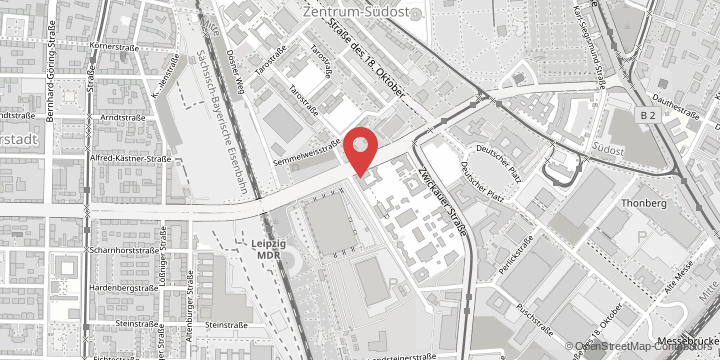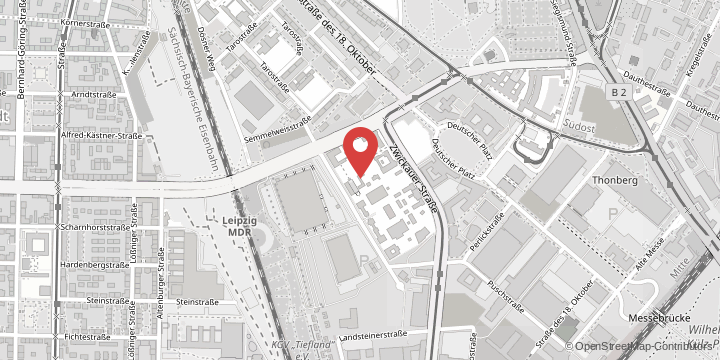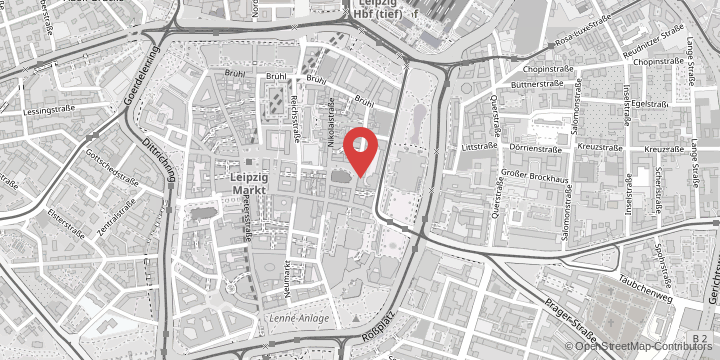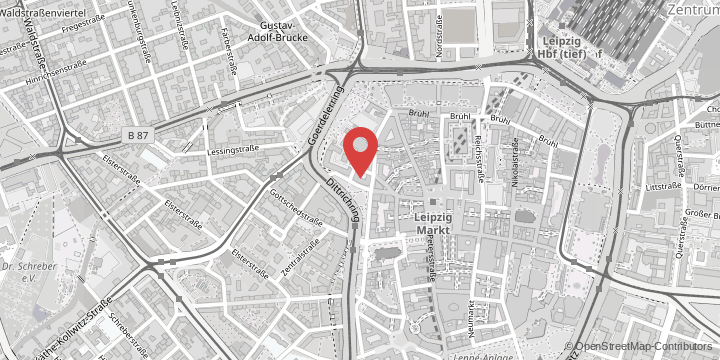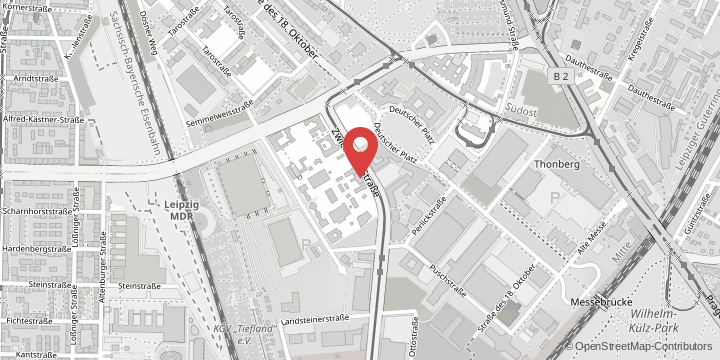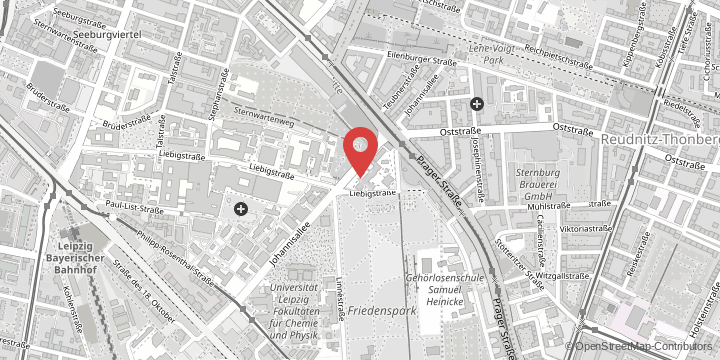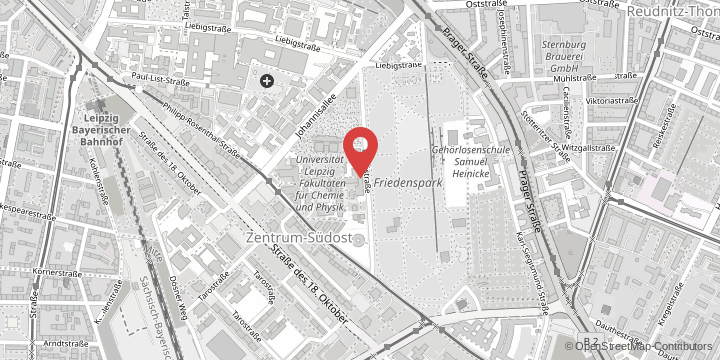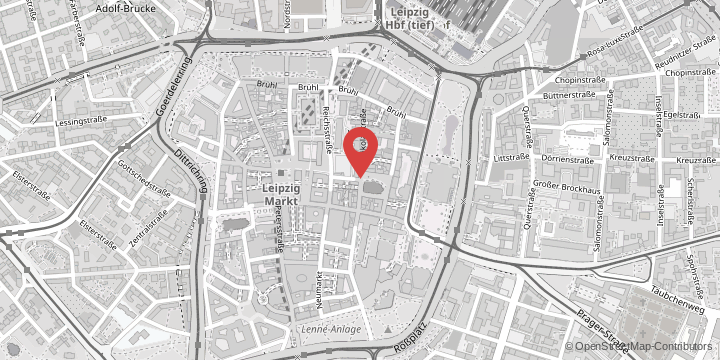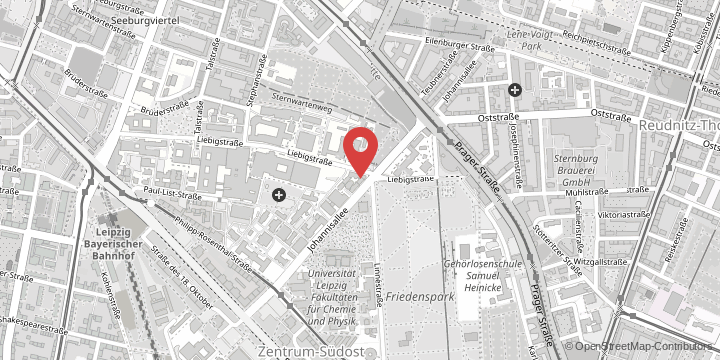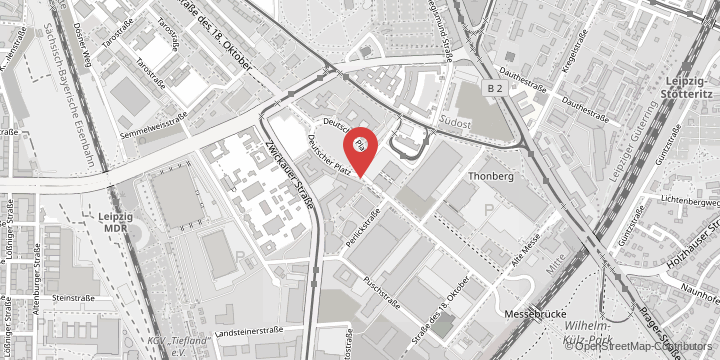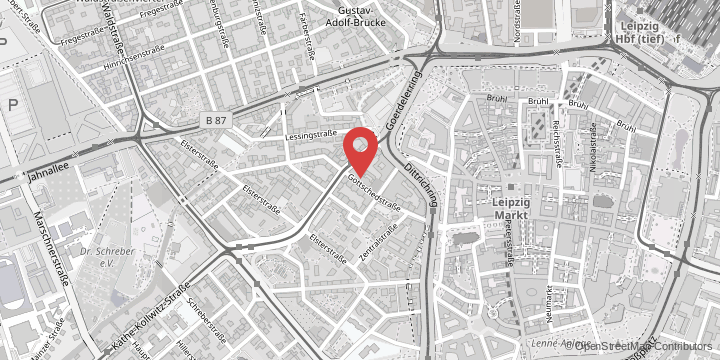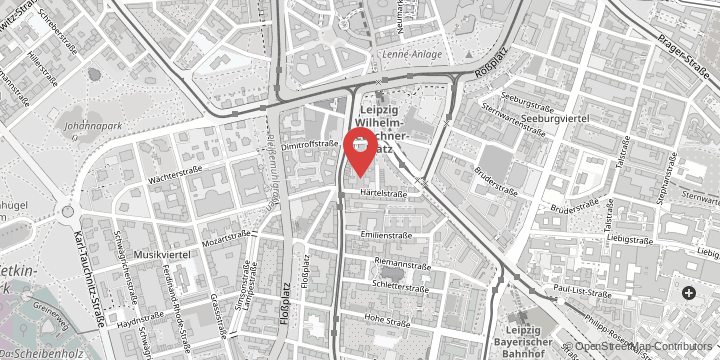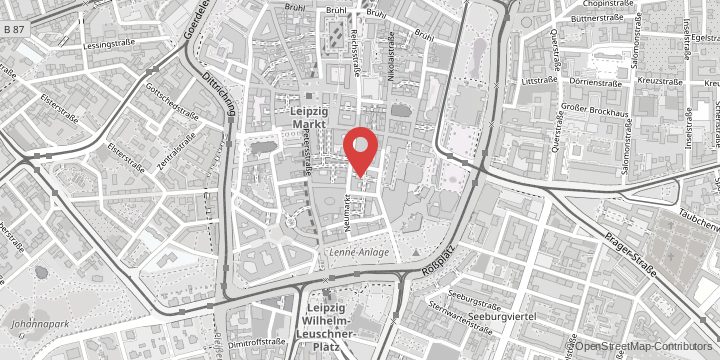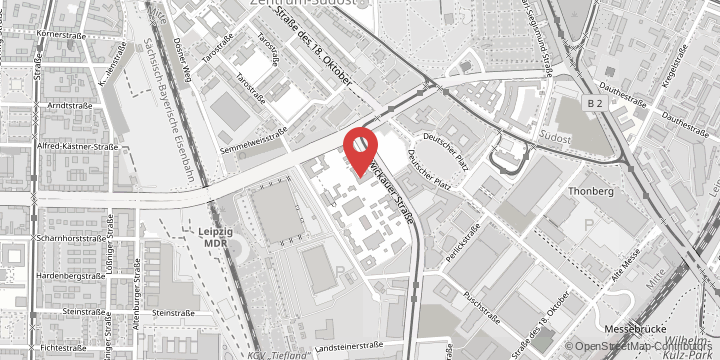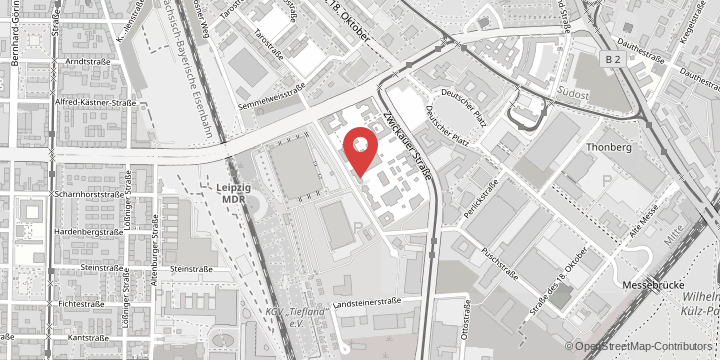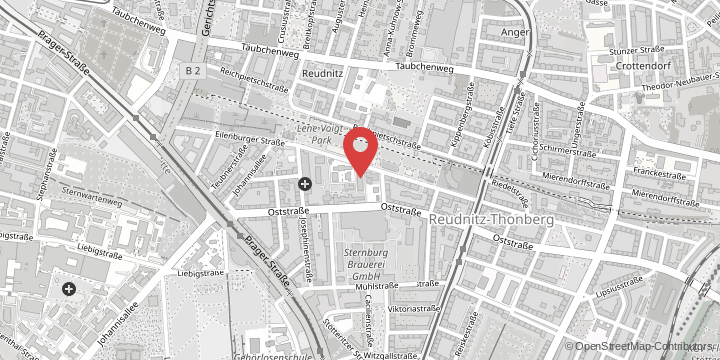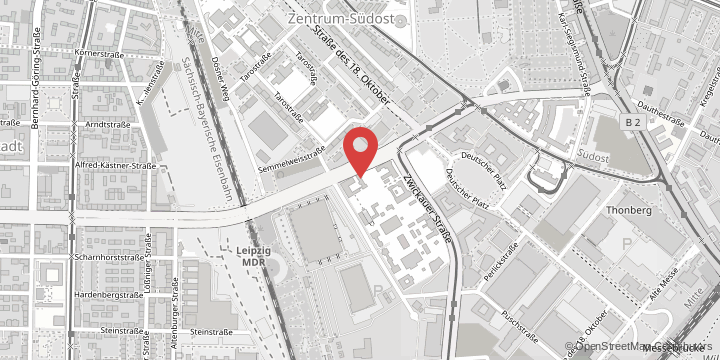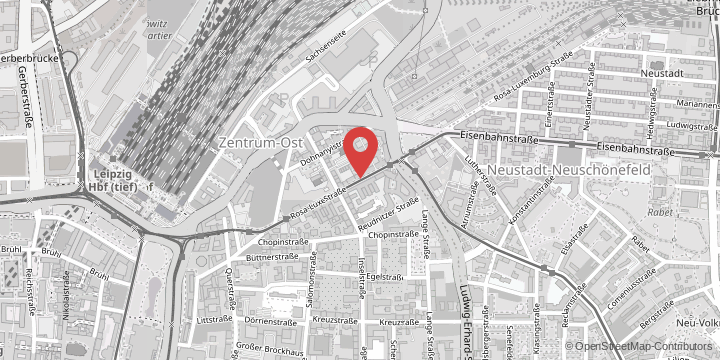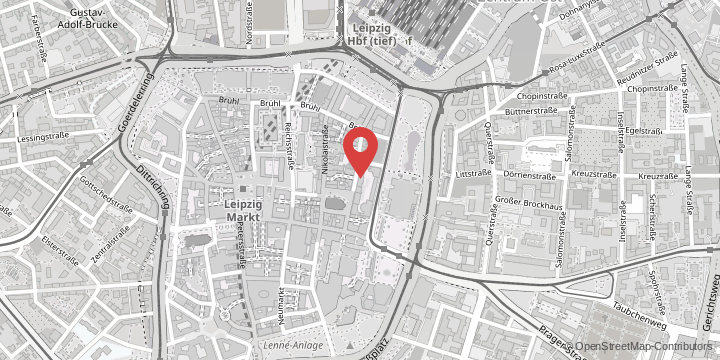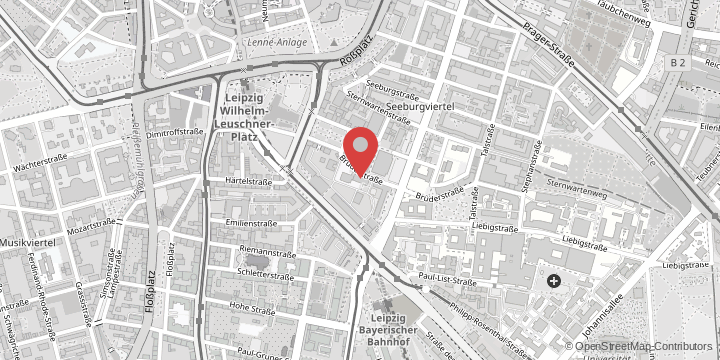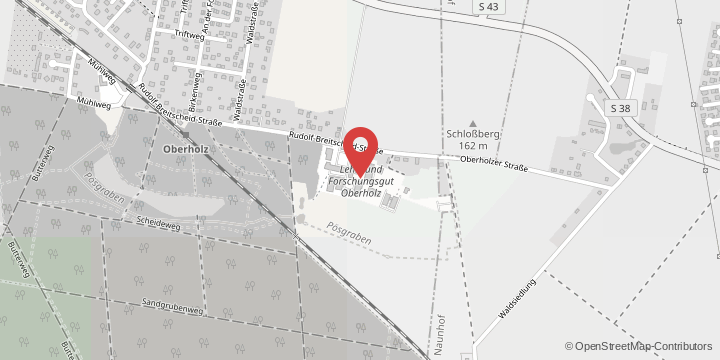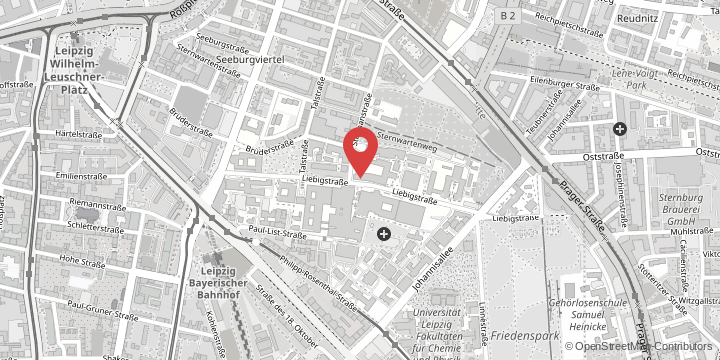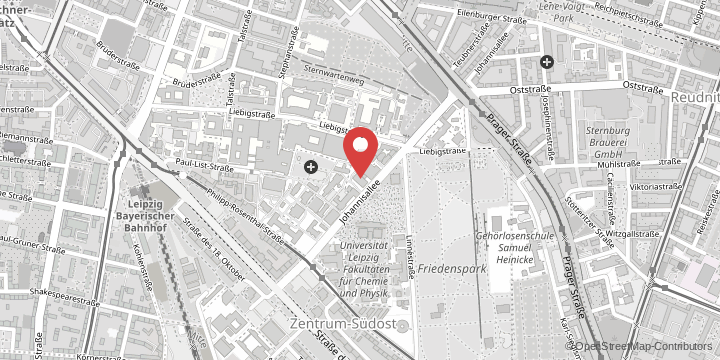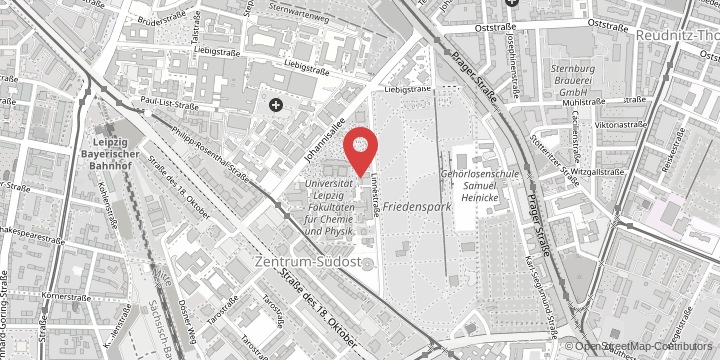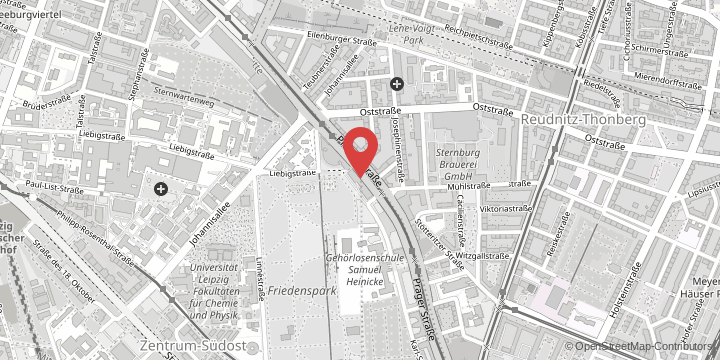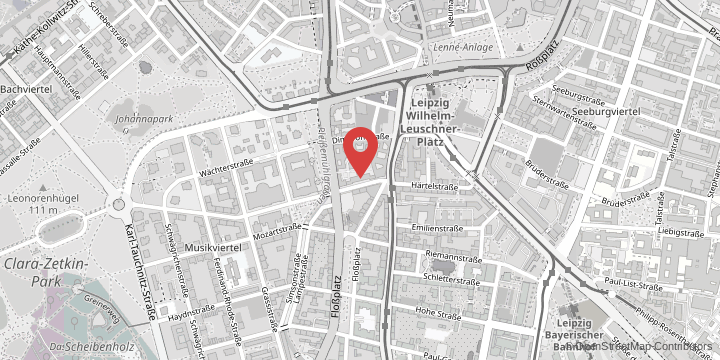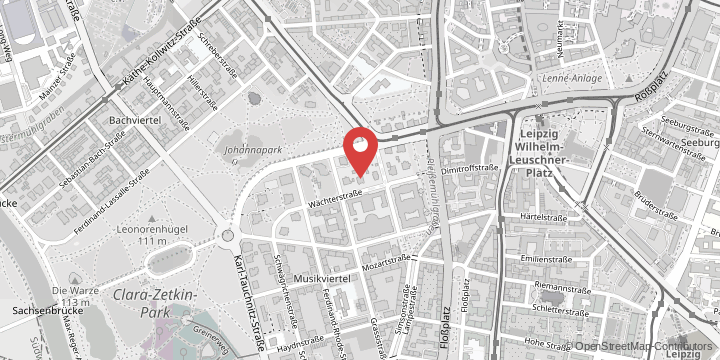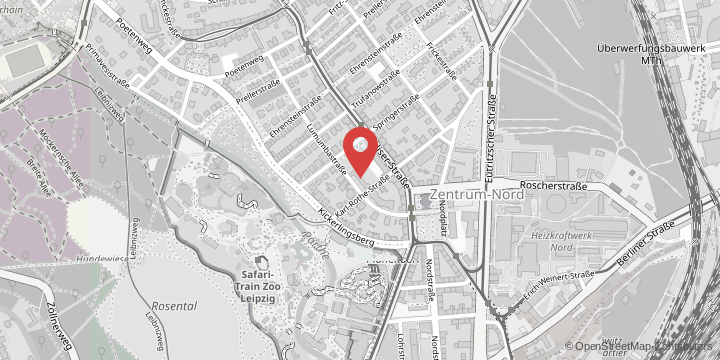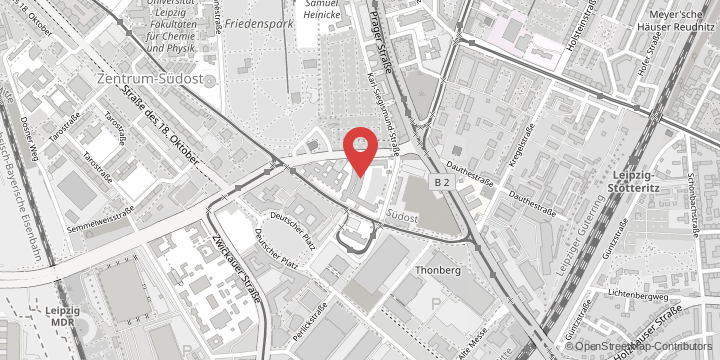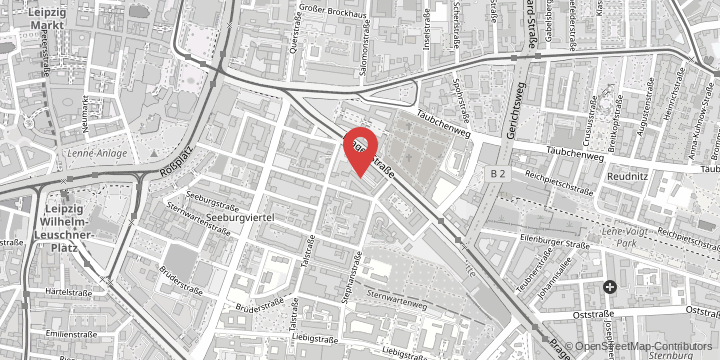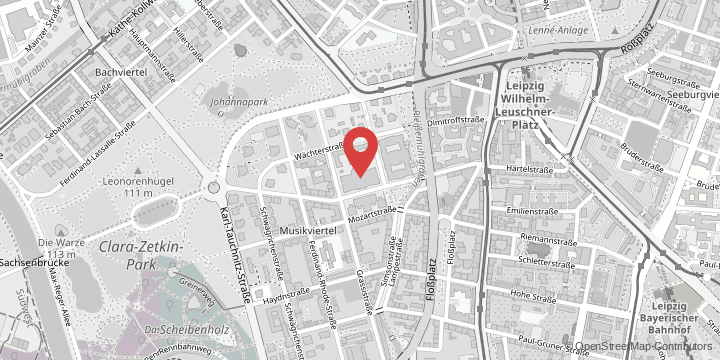The Collaborative Research Centre, to be known as HYP*MOL, will bring together 29 professors and early career researchers from both universities, as well as other external research partners, to study electron and nuclear spin hyperpolarization in molecular systems.
“This funding is both a cause for celebration and a great incentive for everyone involved,” says Professor Eva Inés Obergfell, Rector of Leipzig University. “Hyperpolarization is an exciting and rapidly evolving field of research. I believe that our research team will contribute new insights that will be appreciated at an international level.” Leipzig University is now involved in 16 Collaborative Research Centres and represents five of them. “This is something to be proud of and should encourage us to submit more applications.”
"I am very pleased about the approval of the Collaborative Research Centre/Transregio HYP*MOL. I would like to sincerely thank all involved for their highly successful efforts, especially colleague Jörg Matysik from Leipzig University and our colleague Georgeta Salvan", says Professor Gerd Strohmeier, President of Chemnitz University of Technology. "The Collaborative Research Centre/Transregio is a significant enrichment to our core competency Materials and Smart Systems and stands for a fruitful and successful cooperation between Leipzig University and Chemnitz University of Technology."
The research can be summed up as follows: electrons and many atomic nuclei not only have an electric charge, but also a magnetic moment – their ‘spin’. To date, work on this subject has been carried out in three separate research areas of chemistry and physics: magnetic resonance, spintronics and spin chemistry. The focus is always on the controlled generation of a short-lived spin order of electrons or magnetic atomic nuclei, i.e. hyperpolarization, and its practical applications, for example in medicine, electronics and catalysis.
“Hyperpolarization gives new impetus to existing applications of magnetic resonance, for example in medicine, and opens the door to exciting new possibilities,” says Professor Jörg Matysik of Leipzig University, spokesperson for the Collaborative Research Centre (CRC). “For example, magnetic resonance imaging in hospitals could become faster and more accurate. Purely organic electronic components on flexible carriers could be controlled by light and a magnetic field. There could also be new approaches in the field of photocatalysis for hydrogen production.”
In order to be able to make significant contributions to the fundamental understanding of the generation of electron and nuclear spin hyperpolarization, the hyperpolarization transport through molecular structures and its control, the fields of magnetic resonance, spintronics and spin chemistry will be brought together for the first time in the HYP*MOL CRC/Transregio and a common knowledge base will be created. “HYP*MOL’s 13 sub-projects provide critical mass for the development of hyperpolarization-based methods for structure, imaging and sensing, as well as rationally designed molecular systems for hyperpolarisation. All projects will be carried out by interdisciplinary teams that bring together experts in synthesis, analytics and theory,” adds co-spokesperson Professor Georgeta Salvan of Chemnitz University of Technology.
A Research Training Group will also be established with the new CRC/Transregio. Young spin scientists will be trained to look beyond the horizon of a single research area and to use concepts from the three fields linked by the Transregio.
In addition to Leipzig University and Chemnitz University of Technology, RWTH Aachen University, the University of Augsburg, the Leibniz Institute of Surface Engineering (IOM) in Leipzig, the Technical University of Munich, the University of Oldenburg and the University of Rostock are also involved in the HYP*MOL Collaborative Research Centre / Transregio. Researchers from medicine, biochemistry, chemistry, physics and computer science are working closely together on this highly interdisciplinary project.
Fittingly for the Collaborative Research Centre, the International Hyperpolarization Conference will be held at Leipzig University from 24 to 28 September 2023. Professor Matysik expects around 150 researchers from 20 countries to attend.


